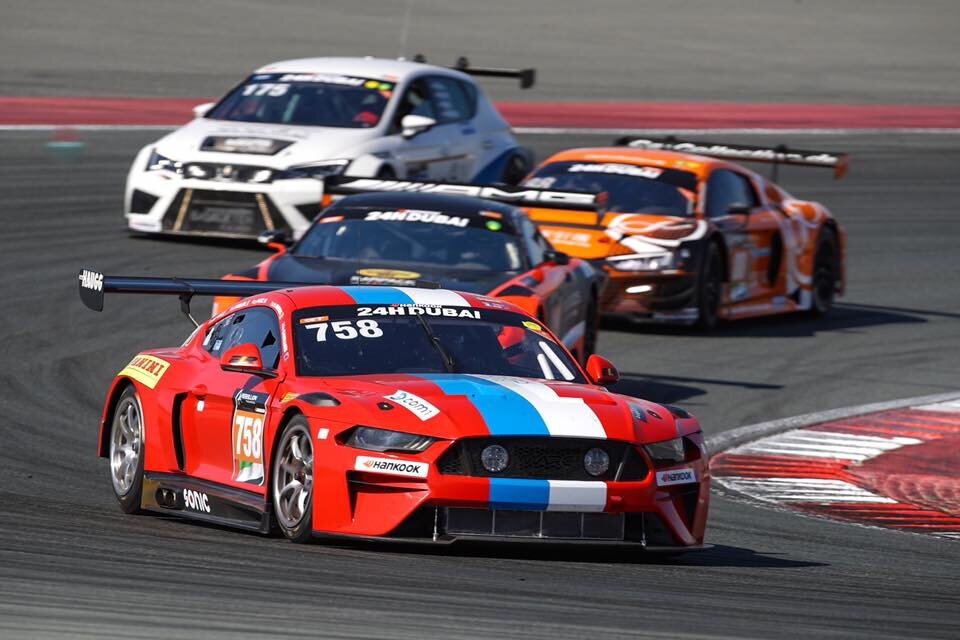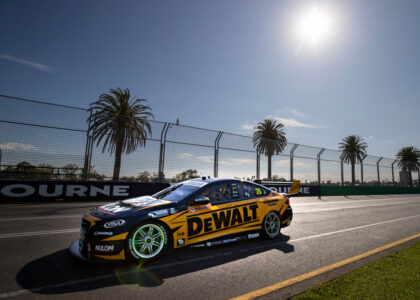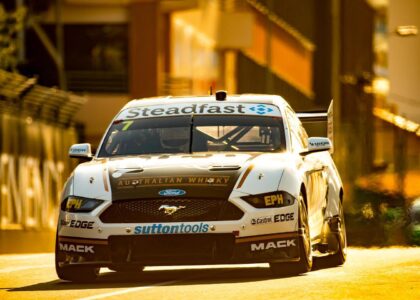NEWS that General Motors would be killing off the Holden brand by the end of 2020 has upped the pressure on Supercars when it comes to getting the next evolution of their technical regulations correct.
Generation Three, as it’s dubbed, has been in the pipeline for a while now but with Holden gone it’s introduction now not only needs to be timely, but has to be bang-on correct for the current market to ensure the future stability of the category.
There’s a lot of pressure on the people developing the next set of regulations too, because this car really has to be all things to all people.
It must maintain the current formula of loud, exciting, visceral cars that people are willing to pay to see.
It must maintain the close competition and hard racing offered by the current product, and hopefully improve it further.
It must be interesting and relevant enough within the market for brands to take an interest.
It must be adaptable to different body shapes and sizes, unlike the current car.
It absolutely must be more affordable to ease the financial pressure on teams.
In a nutshell, it needs to be all things to all people and that’s not exactly an easy thing.
Naturally, with a new regulation set comes the inevitable comparison with what others are doing around the world and how their rules, or an adaptation of them, could work here.

In the UK, the BTCC (British Touring Car Championship) operates on a rather similar model to the current Supercars regulations.
Teams utilise a control chassis on which a bodyshell is adapted and a driveline – either developed by the team or supplied by a category-approved builder – is adapted.
Unlike Supercars, the ‘Next Generation’ BTCC regulations are adaptable to cars Front or Rear wheel-drive and have also worked with a host of different body shapes: Just last year the title was battled between a BMW 3-series sedan (rear drive, too) and a front-drive Honda hatchback. Subaru’s unique Levorg Wagon remained competitive, too.
The model seems to work – with teams able to run a variety of body shapes without the ridiculous cost currently involved in Supercars – the Mustang body cost Ford Millions to develop in order to be competitive.
BTCC cars have much less and vastly simpler aero meaning the body styles used are easier and cheaper to develop.
Make no mistake – BTCC is still expensive; TCR is reportedly a third cheaper – but the racing is hard and close and the grid (full, at 30 cars) is filled with variety. Manufacturers can be involved without spending a huge amount, or privateers can do a deal to run a privateer entry too.

THE introduction of TransAm – or TA2, depending on whom you talk to – in Australia has offered a different perspective.
TransAm cars are much simpler; a NASCAR-style chassis, crate V8 engine, simple mechanics and almost no aero appendages at all.
They’re cheap, too, with cars somewhere around the $130,000 mark. They look good, sound tough and the racing is competitive.
At the recent Adelaide 500, the TransAm cars lapped in 1m24s, favourable compared to the Supercars who were only five seconds quicker. Is it worth going five seconds faster but spending six to eight times the amount?
Upgrading a TransAm car to become the top-level Touring Car class in Australia wouldn’t be hard. Replace the four-speed gearbox with the current six-speed transaxle in the Supercar. Develop a specification for a six-litre crate engine that produces 600hp, add in the various safety features Supercars have developed and you’d be there.
With the likes of Triple Eight and DJR Team Penske running cars and McLaughlin and Whincup driving them, the lap time difference would be negligible and the cost tiny by comparison.

ANOTHER option is to go the way of MARC Cars Australia. Their Generation-II car is something half-way between a Supercar and a TransAm car, though they probably won’t like that comparison.
Developed around a common chassis and with as many off-the-shelf and long life parts as possible, MARC II cars cost about $300k and because they’re geared towards doing 24-hour races, they will run forever before you need to touch them.
At Bathurst they’ll do 2m03s easily so the performance level would be indistinguishable from the current formula and even though it’s not officially a ‘Mustang’, the MARC II car looks more like the road-going Ford sports car than the Supercars version. It’s a compelling thing.
They’re just three alternatives, already out there in the marketplace.
Supercars will do their own thing, with their own regulations, but given there are proven ways and means of achieving similar performance, a great show and a potentially compelling product for fans and brands alike – for substantially less cost – lets hope they are learning from what already exists.
Gen-II worked for a time but ended up being too expensive and, despite initially bringing in other models, too restrictive to the changing automotive landscape.
Gen-III can’t afford to be any of that. It may not be make-or-break for Supercars, but the new car has to nail the job description to keep the sport healthy moving forward. I’m glad it’s not me doing it





